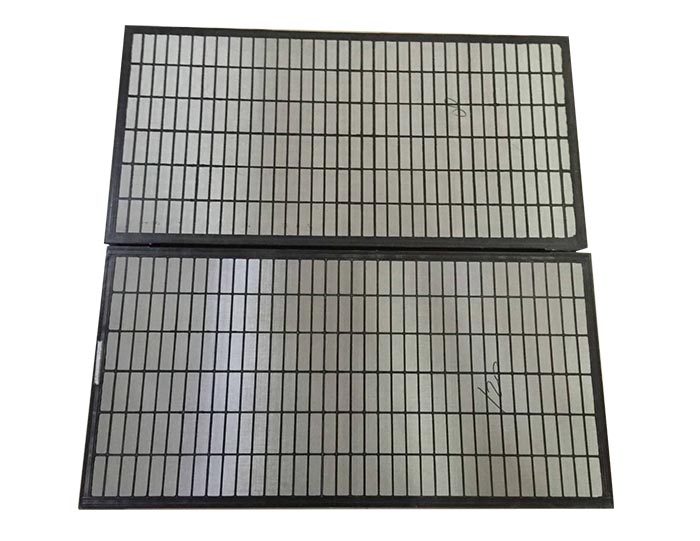Ceiling T Bar Making Roll Forming Machine Revolutionizing Construction and Interior Design
In the modern construction and interior design landscape, the efficiency and quality of materials play a pivotal role in project success. One item that stands out for its versatility and utility in both commercial and residential buildings is the T-bar ceiling system. To manufacture these T-bars efficiently and cost-effectively, the ceiling T-bar making roll forming machine has emerged as an invaluable tool in the industry. This cutting-edge machinery transforms raw materials into precise, ready-to-install ceiling systems that not only enhance aesthetics but also improve structural integrity.
The Importance of T Bars in Ceilings
T-bars are crucial components in suspended ceiling systems. They create a framework that supports ceiling tiles while allowing for easy access to utilities that might be hidden above. These systems are favored for their ability to conceal imperfections and provide acoustic benefits, making them ideal for both office spaces and homes. The demand for T-bar products has surged alongside growth in construction and renovation projects, prompting the need for efficient manufacturing processes.
Understanding the Roll Forming Process
The roll forming process is a continuous bending operation in which long strips of metal are gradually shaped into the desired cross-section. The ceiling T-bar making roll forming machine is designed specifically to produce high-quality T-bars by utilizing this process. The machine passes metal coils through a series of rollers, each altering the shape incrementally until the final product emerges.
1. Pre-Punching and Shearing Before the roll forming begins, the raw metal strips may undergo pre-punching and shearing. Pre-punching creates necessary holes for later assembly and fixtures, while shearing cuts the coils to the desired length.
2. Roll Forming Section The heart of the machine is the roll forming section. Here, the pre-processed metal passes through a series of forming rollers, meticulously bending and shaping it into a T-bar profile. This section is critical, as precise adjustments ensure the dimensional accuracy of the final product.
3. Cutting and Stacking After the roll forming process, the formed T-bars are cut to specific lengths using automated cutting systems. The cutting mechanism is typically synchronized with the roll forming process, ensuring minimal waste and maximum productivity.
4. Quality Control As with any manufacturing process, quality control is paramount. Throughout the production, automated sensors and operators monitor the product to ensure they meet industry standards while adhering to specified tolerances.
ceiling t bar making roll forming machine
Advantages of Using Roll Forming Machines
The introduction of ceiling T-bar making roll forming machines offers several advantages for manufacturers and builders alike
- Efficiency The automated workflow substantially reduces production time compared to manual fabrication methods, allowing manufacturers to meet increasing demand more readily.
- Precision The alignment and adjustments of the rollers facilitate the consistent production of T-bars with tight tolerances, ensuring that they fit together perfectly during installation.
- Cost-effectiveness With reduced labor times and minimal material waste, businesses can decrease their overall operational costs, translating into competitive pricing for end-users.
- Flexibility Modern roll forming machines can be adjusted to produce various profiles and designs, catering to different architectural needs without the need for extensive retooling.
Conclusion
The ceiling T-bar making roll forming machine is a remarkable innovation that streamlines the manufacturing process for one of the most essential elements in modern construction. By increasing efficiency, ensuring precision, and reducing costs, these machines are paving the way for improved quality in ceiling systems across various applications. As construction and design continue to evolve, the role of these machines will only become more central, solidifying their place in the industry as indispensable tools for manufacturers aiming to deliver exceptional products to their customers. With ongoing advancements in technology, one can only anticipate further enhancements in the capabilities and applications of roll forming machinery in the future.
 Linear Motion Shale Shaker In Drilling Rig
Linear Motion Shale Shaker In Drilling Rig  Oilfield Mud Cleaner
Oilfield Mud Cleaner  Drilling Fluid Decanter Centrifuge
Drilling Fluid Decanter Centrifuge  Drilling Mud Desander
Drilling Mud Desander  Hydrocyclone Desilter
Hydrocyclone Desilter  Centrifugal Pump/Centrifugal Mud Pump
Centrifugal Pump/Centrifugal Mud Pump  Shear Pump
Shear Pump  Jet Mud Mixer
Jet Mud Mixer  Horizontal Mud Agitator
Horizontal Mud Agitator  Constant Pressure Drilling Fluid Mud Gas Separator
Constant Pressure Drilling Fluid Mud Gas Separator  Mud Gun
Mud Gun  Mud Tank
Mud Tank  Solids Control System Vacuum Degasser
Solids Control System Vacuum Degasser  Flare Ignition Device
Flare Ignition Device  Diesel Tank
Diesel Tank  Submersible Slurry Pump
Submersible Slurry Pump 






































